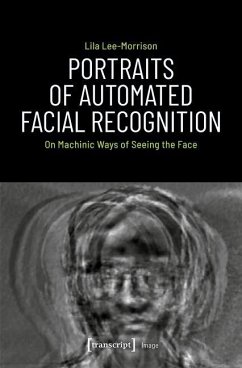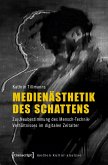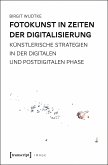Automated facial recognition algorithms are increasingly intervening in society. This book offers a unique analysis of these algorithms from a critical visual culture studies perspective. The first part of this study examines the example of an early facial recognition algorithm called »eigenface« and traces a history of the merging of statistics and vision. The second part addresses contemporary artistic engagements with facial recognition technology in the work of Thomas Ruff, Zach Blas, and Trevor Paglen. This book argues that we must take a closer look at the technology of automated facial recognition and claims that its forms of representation are embedded with visual politics. Even more significantly, this technology is redefining what it means to see and be seen in the contemporary world.
Dieser Download kann aus rechtlichen Gründen nur mit Rechnungsadresse in A, D ausgeliefert werden.









